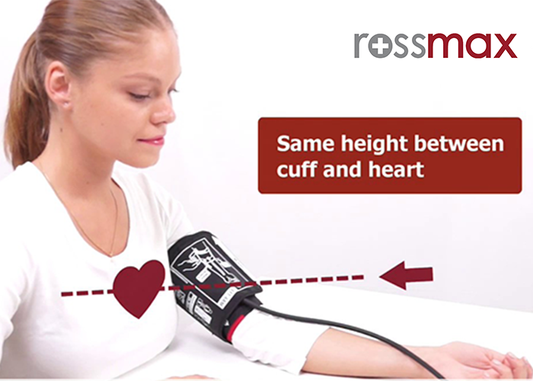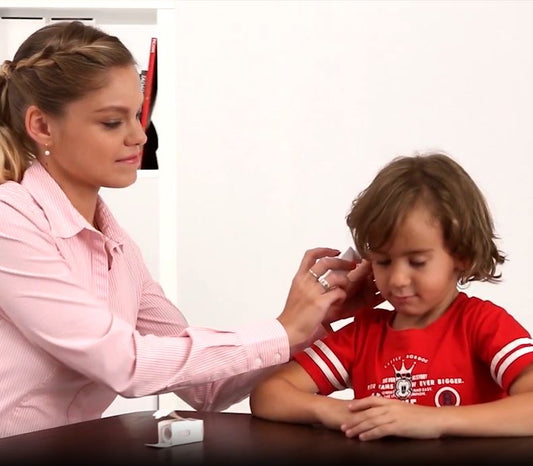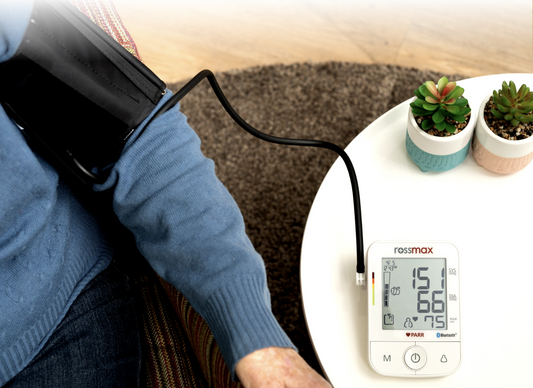A spacer, also known as an inhaler spacer or a holding chamber, is a device used with metered-dose inhalers (MDIs) to improve the delivery of medication to the lungs, especially for individuals who have difficulty coordinating their breath with the inhaler or who experience side effects from the medication. Here are some situations in which you might consider using a spacer for medication:
- Children: Spacers are often recommended for young children who may have trouble using an inhaler properly. It helps ensure that the medication is delivered effectively, even if the child cannot coordinate their inhalation with the actuation of the MDI.
- Elderly or frail individuals: Older adults or individuals with physical limitations may find it challenging to use an inhaler correctly. A spacer can make it easier for them to receive the full dose of medication.
- Patients with respiratory conditions: People with chronic respiratory conditions like asthma or chronic obstructive pulmonary disease (COPD) may benefit from using a spacer. It can help ensure that the medication reaches the lungs rather than getting stuck in the mouth or throat.
- Individuals with poor inhaler technique: Some people struggle with the proper technique for using an MDI, including coordinating their breath and the inhaler actuation. A spacer simplifies this process.
- Reduce side effects: Spacers can help reduce the risk of side effects, such as thrush (oral candidiasis), which can occur when corticosteroid inhalers are used without a spacer. Rinsing the mouth after using an MDI with a spacer can help prevent this.
- Emergency situations: In emergency situations where quick administration of a medication is necessary, using a spacer can help ensure that the medication is delivered rapidly and effectively.
- Optimize medication delivery: In general, using a spacer can help improve the delivery of medication to the lungs, increasing its effectiveness and reducing the amount of medication that remains in the mouth or throat.
It's important to note that not all medications are suitable for use with spacers, and specific instructions for their use may vary depending on the medication and device. Always follow your healthcare provider's guidance and read the instructions provided with your inhaler and spacer. Additionally, regularly clean and maintain your spacer to ensure proper function and hygiene. If you have any questions or concerns about using a spacer with your medication, consult your healthcare provider or a pharmacist for personalized advice.













